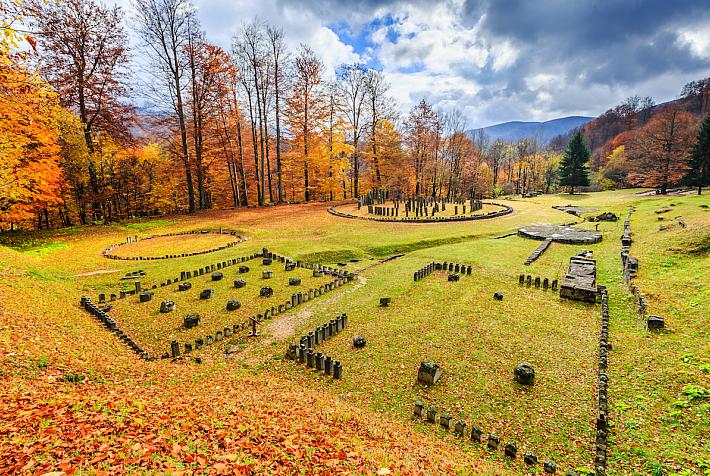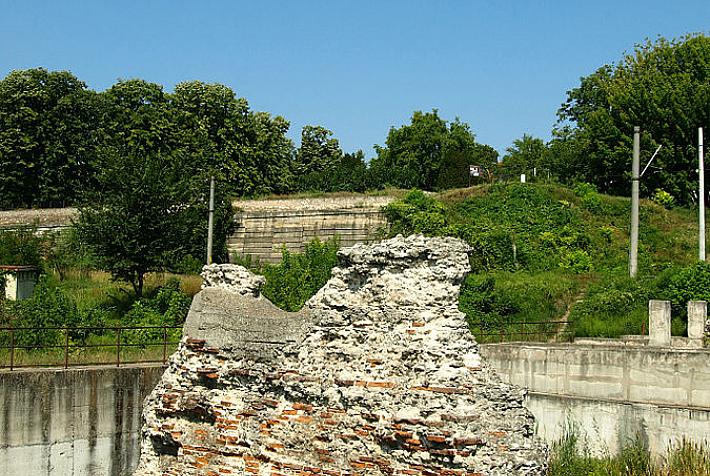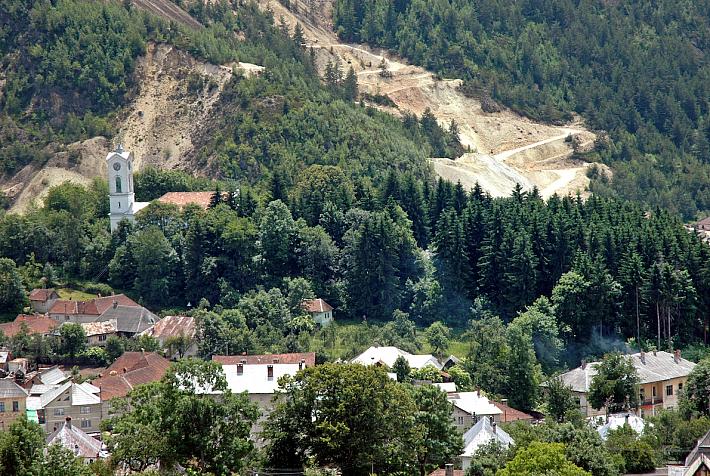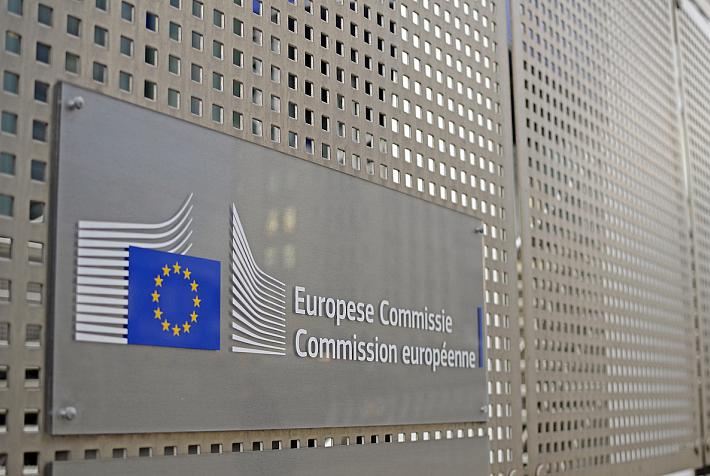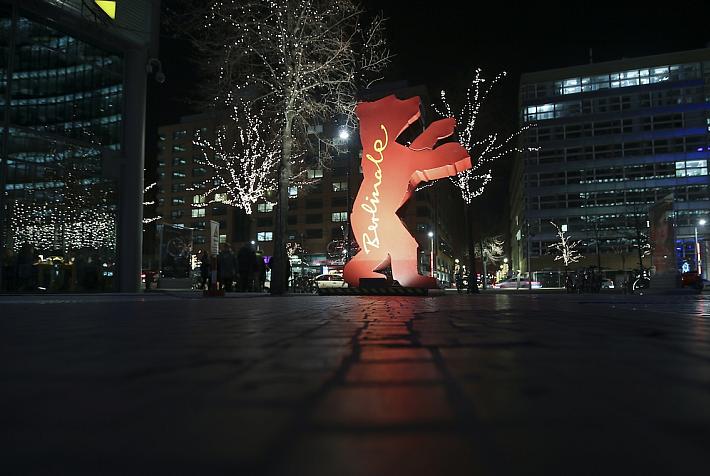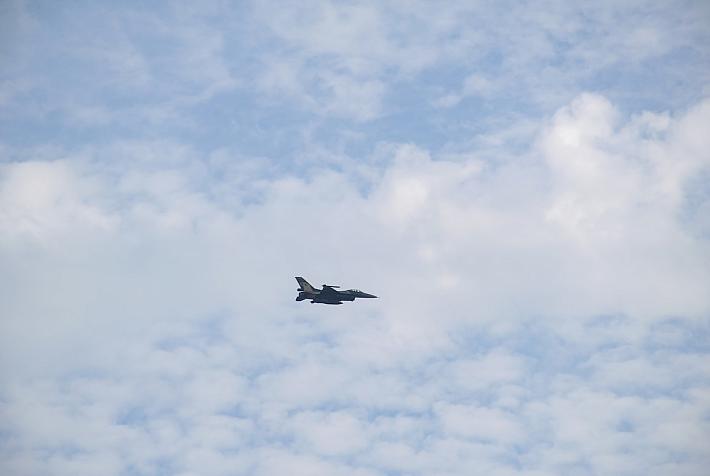Romania travel: Ancient sites to visit in the country
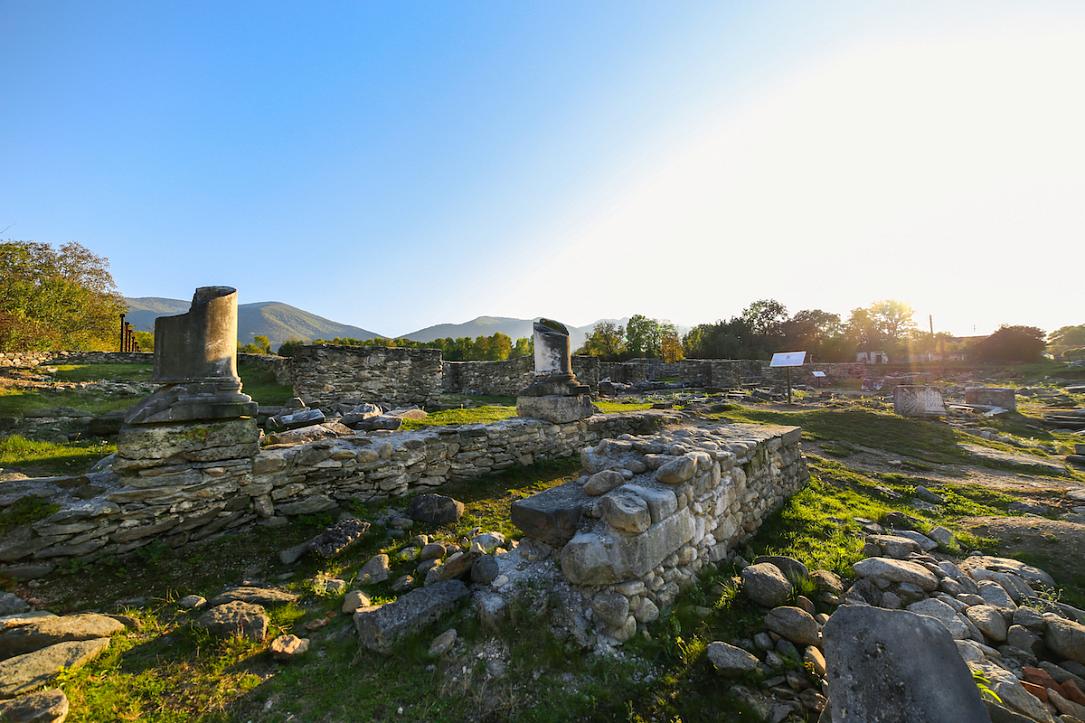
History fans interested in exploring the vestiges of ancient civilizations have several sites to visit in the country. The Romanian coast of the Black Sea hosts the ruins of the Greek colonies that were established here in beginning with the VII century BC, while the western part of the country is where Dacian and Roman landmarks were located.
Tomis
In today’s Constanța, the largest city at the Romanian seaside, visitors will find the ruins of ancient Tomis, a settlement established by Greek colonists, and an important commercial center at the time.
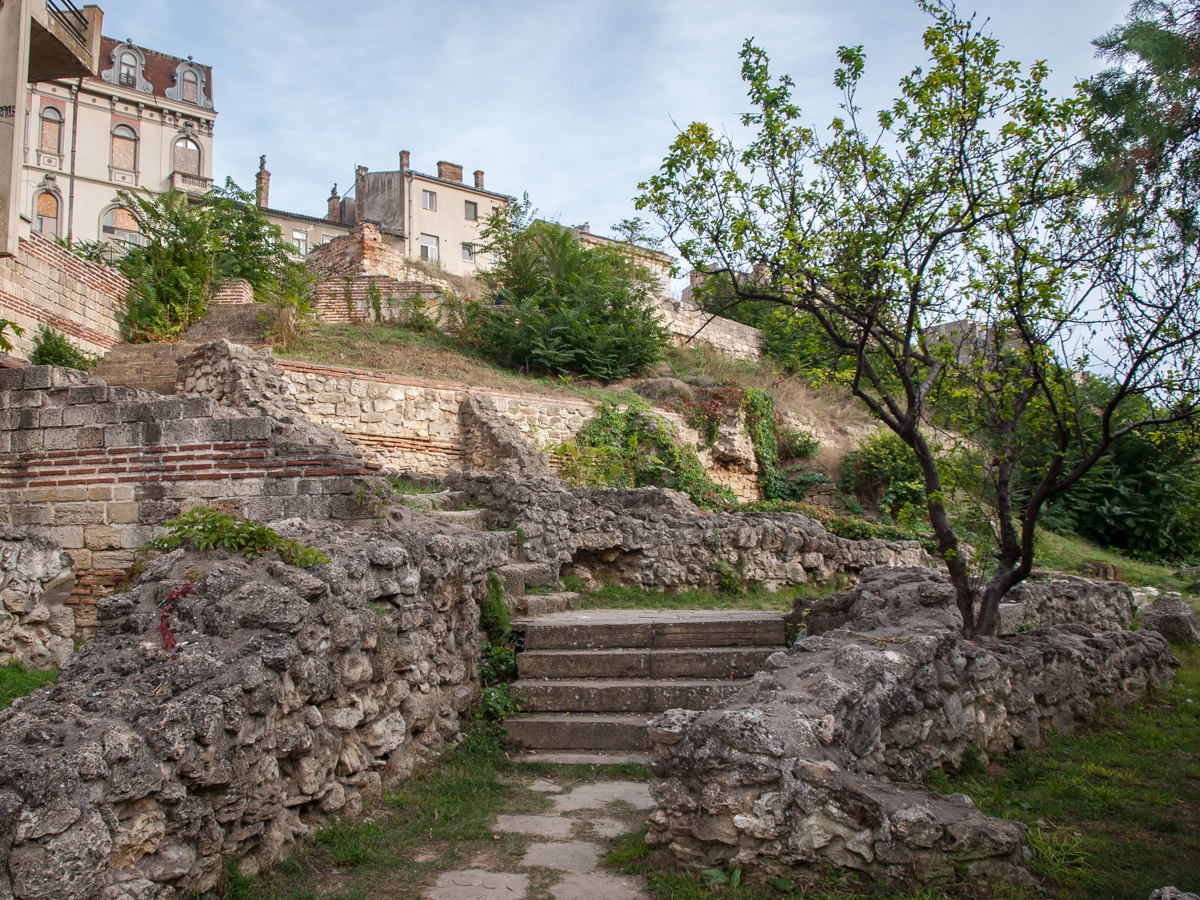
The Romans annexed the region, known as Scythia Minor, in the 1st century BC. In the 4th century AD Tomis was reconstructed by Constantine the Great and renamed Constantiana. Archaeologists found here traces of the old Tomis, such as residences, graves, and various other items. For instance, in the area of today’s Archbishopal Cathedral, the ruins of ancient homes were discovered, while the Roman-Byzantine wall is partially visible from the city’s Ferdinand boulevard. The city’s archaeological park preserves many of the ancient settlement’s items. Also to visit is the Edifice of Roman Mosaics, part of a complex which used to connect the upper part of the town to the harbor. It was built at the end of the 4th century AD. Tomis was also the place of exile of the Roman poet Ovid in 9–17 AD.
More on what to see in Constanța here.
Histria
Located some 65 km away from Constanţa, close to the Sinoe lake, the Histria fortress was also established by Greek colonists, during the VII century BC. The town developed continuously for 1,300 years, until the Roman-Byzantine era. An important trade connection, it is considered the oldest urban settlement on the territory of today’s Romania.

Archaeologists found many amphoras at Histria, both imported and locally-made, as well as Attic black-figure pottery, coins, and ornamental objects, evidence of the trade in the area. In addition, agriculture and fishing were also important occupations. After coming under Roman domination around the year 30 AD, Histria saw the addition of temples for Roman gods, a public bath and private residences for the upper classes. The fortress was almost entirely destroyed in the VII century AD, with the invasion of the Avars and the Slavs.
Callatis
In today’s Mangalia, on the Romanian Black Sea coast, the ruins of ancient Callatis stand testimony of a once flourishing colony, established more than 25 centuries ago by Greek tradesmen and seamen. The favorable military position, and fertile land, close to the sea and a sweet water lake attracted settlers. Unlike Tomis and Histria, which were Milesian colonies, Callatis was a Dorian one, where agriculture and sea trade fueled the place’s prosperity. The walls of the Callatis fortress and the ruins of a Roman edifice can still be seen close to the seafront in Mangalia, while the old port of the fortress has been covered by the sea.

Capidava
Located some 23 km north of Cernavodă, the ruins of the ancient fortification of Capidava (pictured above) sit on the bank of the Danube. It used to be part of the Roman fortification system erected during the reign of Emperor Trajan as part of the measures taken to organize the Danube side. The quadrilateral-shaped fortification had walls over 2 m thick and 5–6 m high. It had 7 towers of over 10 m. It also had a gate 2.50 m wide on the southeast side that was the link to the rest of the territory, and a strategic outlet on the southwest side of the tower towards the Danube, where the port used to be.
The History and Archaeology Museum in Constanța is a good place to visit to find out more about the history of the city and of Dobrogea. It provides a virtual preview here.
Sarmizegetusa Regia
Sarmizegetusa Regia was the capital of Dacia prior to the wars with the Roman Empire. Sitting on top of a mountain, the site was the center of a strategic defensive system in the Orăştie Mountains. It is considered to have been the military, religious and political center of the Dacians.
The site includes the fortress, covering an area of almost 30,000 sqm and sacred area, where the remains of seven temples have been identified, alongside a monumental shrine, and water distribution systems. On the terraces surrounding the site, several areas inhabited by civilians were identified. Here, several circular or polygonal residences were found, as well as workshops, especially those manufacturing iron items, from tools for ironsmiths, carpenters, jewelers or farmers to household items, arms and decorative pieces.
More on the visiting hours and how to get there here.
Ulpia Traiana Sarmizegetusa
Ulpia Traiana Augusta Dacica Sarmizegetusa (in opening photo) was the capital of Roman Dacia, later named Ulpia Traiana Sarmizegetusa after the former Dacian capital, located some 40 km away.
From the very beginning it received the title of colonia and the status of ius Italicum, meaning that it was governed under Roman rather than local law. It was the political, administrative and religious center of Roman Dacia. The settlement was inhabited by veterans of Dacian wars, and had an estimated population of 20,000 – 25,000 residents. Its location benefited from natural defenses as the mountains to its south and north worked as natural barriers, while additional protection was provided by the castra in Tibiscum (Jupa), Micia (Veţel) and Bumbeşti. The city was destroyed by the Goths, and among the ruins that remain today visitors can find a partly preserved forum, an amphitheatre, and ruins of several temples.
There are several other Dacian fortifications in the area, in Costeşti Cetăţuia, Costeşti Blidaru, Luncani-Piatra Roşie, Băniţa, and Căpâlna, all part of a defensive system design to protect Sarmizegetusa Regia. The system was destroyed as Dacia become part of the Roman Empire.
Trajan's Bridge
The now disappeared Trajan’s Bridge is considered one of the achievements of Roman engineering. It was a segmental arch bridge, the first one to be erected over the lower Danube. It was constructed around 105 AD by architect Apollodorus of Damascus, at the request of Emperor Trajan, as a route for the Roman troops on their way to invade Dacia.
The two ends of the bridge, which measured 1 km in length, stood near today’s Drobeta-Turnu Severin in Romania and Kostol, near Kladovo in Serbia. Records show that Emperor Hadrian, Trajan’s successor, ordered its demolition to prevent attacks of the barbarians. By the 6th century Byzantine writer Procopius noted that the bridge was in ruins. The 20 pillars of the bridge made it all the way to the 19th century but in 1906 the pillars that obstructed the navigation were eliminated, and more followed. Drobeta also hosts the remains of a Roman castrum, a small fortification where military units were housed and which served to defend the bridge.
Alburnus Maior
A gold extraction center in Roman Dacia, Alburnus Maior is found on the premises of today’s Roșia Montană, better known for a mining project that didn’t take off and a bid to be included on UNESCO’s heritage list that was deferred at Romania’s request.
The ancient settlement was first document in 131 AD, according to a Roman tablet discovered in the underground galleries of the Roman period. It was inhabited by miners brought from various provinces of the Roman Empire, such as Dalmatia and Illyria. An estimated 500 kilograms of gold were extracted every year at Alburnus Maior, with the most efficient method being the digging of galleries (cuniculi), going underground, in the direction of the gold veins. The galleries were narrow and low, of some 0.60 – 0.70 meters wide and 1 meter in height. Sometimes they had access steps, dug in the rock.
Alternatively, the National Museum of History of Romania in Bucharest hosts in its collection various items from the Greek – Roman and late Roman periods found on the country’s territory. For instance, it houses parts of the temple of Apollo in Histria, statues dedicated to Greek-Roman gods, or various pieces inscribed with the names of Roman emperors, as it is the case of a slab found in Tomis, engraved with the name of Emperor Trajan. Among the highlights of a visit to the museum are the copy of Trajan’s Column in Rome and the golden Dacian bracelets discovered at Sarmizegetusa Regia. More on the museum’s exhibits and visiting hours here.







